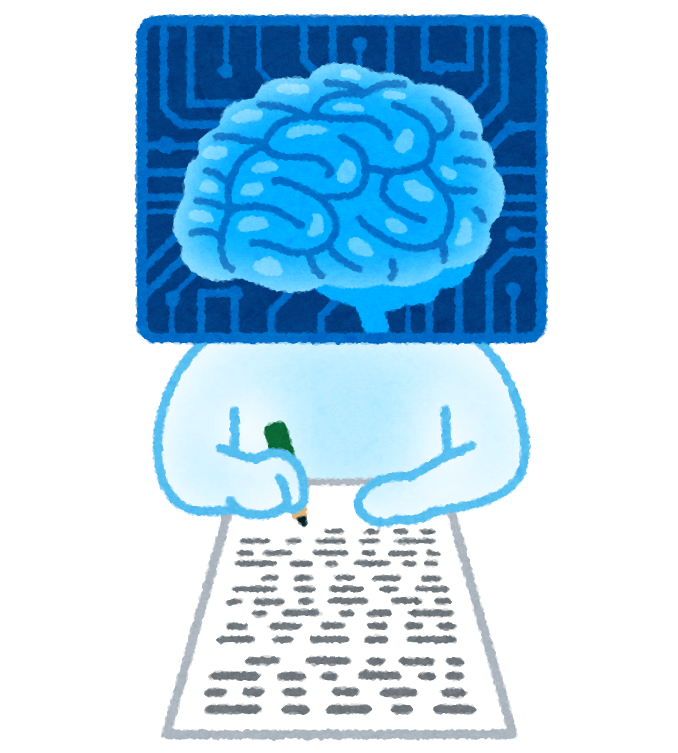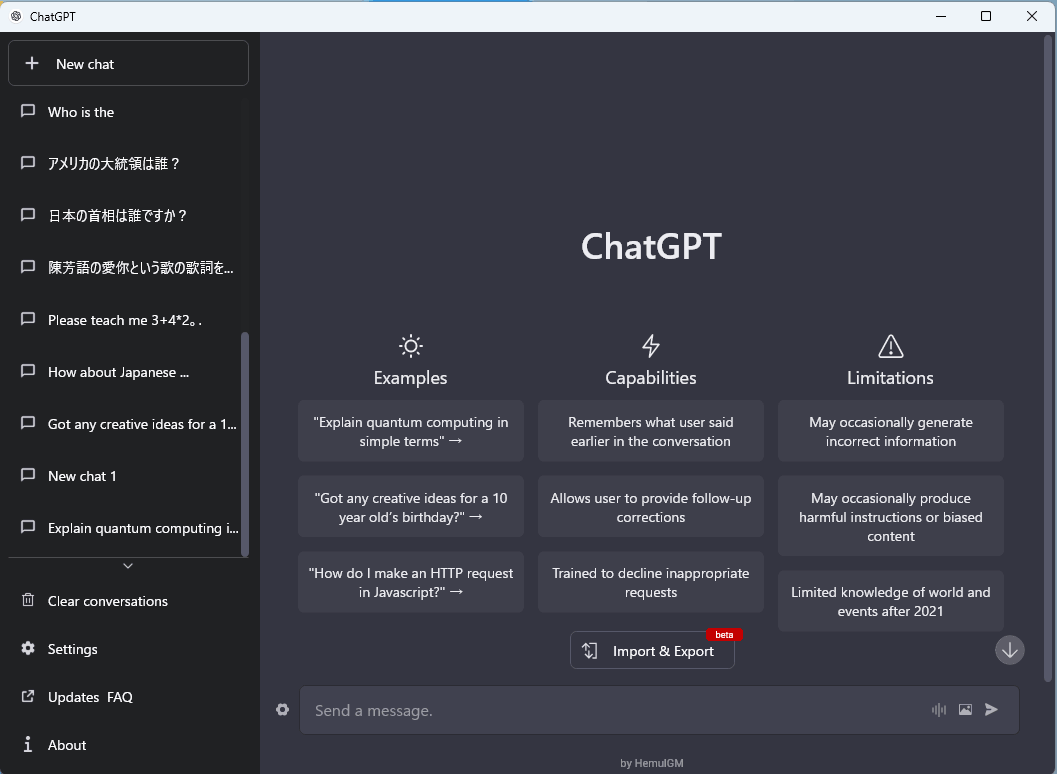Since the general release of ChatGPT in November last year (2022/11), generative AI has become a major topic in society. In the education sector as well, progressive teachers have been bravely taking on the challenge, and the exploration continues daily on how this AI can be utilized in various educational settings and its potential.
When I first came across the news about ChatGPT, I felt that it was quite distant from the field of education. However, as various trials were repeated, it gradually became clear that this AI could have a significant impact on education as well.
When I first tried this AI and asked in Japanese, “Who is the Prime Minister of Japan?”, I received an answer from ChatGPT saying, “the Prime Minister of Japan was Mr. Yoshihide Suga.” Since Yoshihide Suga was a previous Prime Minister, not the current one, Honestly, I thought, “Maybe it’s not very useful.”
However, upon reconsideration, I tried asking the question in English, “Who is the Japanese prime minister?” The AI responded, “As of my last update in October 2021, the Prime Minister of Japan is Fumio Kishida. However, please check the most recent sources as political positions can change.” Seeing the AI’s different levels of knowledge in English and Japanese, and how it is steadily approaching the truth, sent a chill down my spine.
Recently, we often see reports and publications about the use of ChatGPT in classrooms. With this AI, it is possible to provide advice from the perspective of ‘how it could be improved’ for reports that children have researched and written during integrated learning classes. Additionally, it has been found that it can be used with reasonable accuracy for grading descriptive tests in some subjects. These are significant features that were not present in previous AIs.

The amazing thing about AI that can provide perspectives such as “think a little more about this” based on each individual’s writing, or “if you research this more, your report will expand,” can be felt when you actually run the AI based on the writings of children. If you’re interested, please try having ChatGpt interpret writings by children that do not identify personal information. I’m sure you’ll be surprised.
In the past, there was a popular entertainment called the Nikko Monkey Army. The humor in the monkeys’ performances came from their imitation of others’ actions without understanding the reasons, simply by observing and copying. Reflecting on this, I realized that when I scoffed at ChatGPT as ‘useless’, there was a part of me that wished, ‘Even if it evolves, I hope it stays at least at the level of a monkey.’
Many of the practical applications of ChatGPT in education so far have been using it in its chat form. However, I believe that in the next one to two years, the focus will shift from chat on the browser to software using API functions. These apps may have ChatGPT prompts embedded for easy use, and there is a possibility that the AI being queried itself could be tuned for educational use.
As ChatGPT transforms from a simple chat to an app or software, and its uses and functions become more defined and sharpened, I believe it will penetrate the education field at an accelerated pace. And by that time, it won’t matter that “actually, this is using ChatGPT” What will matter is how much we were able to help children grow using that tool, and whether we were able to provide an education that instills the true academic abilities needed for the future. I believe we are approaching an era where these essentials will be questioned.
In a future society where more advanced AI becomes commonly usable, how will the students in front of us now coexist with these intelligences and express their own presence and thoughts? The search for answers in the field of education continues, even in the midst of poor visibility.
Former Principal of Hakodate Kita Junior High School, Toshiyuki Okuzaki

コメントを残す